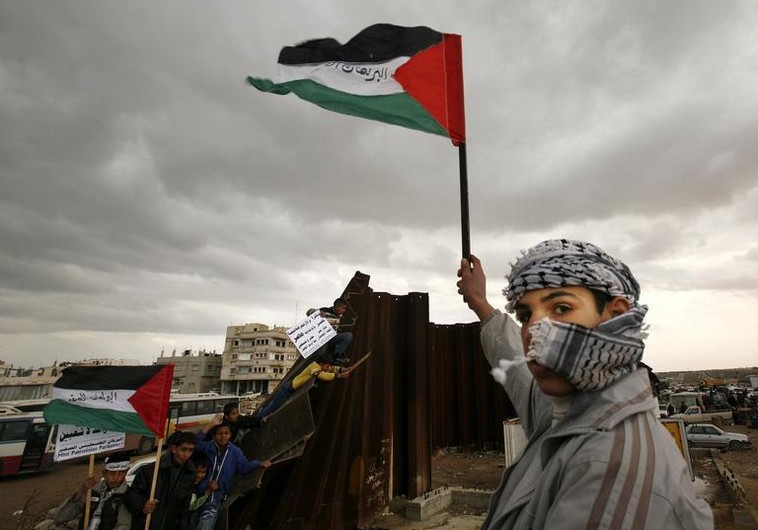After the most recent round of escalation and the ceasefire ending it the “return marches” and mini-flotillas continue. Hamas, which is currently interested in calming the situation in order to advance its contacts for an arrangement, has lowered the level of violence (by preventing exceptional clashes, preventing rioters from approaching the border fence and preventing the launching of incendiary kites and balloons). However, continuing the “return marches” at a time when contacts are being held for an arrangement creates friction (whose intensity is controlled by Hamas) with the IDF. That friction encourages clashes and has the potential to reignite the situation on the ground.
Hamas and the Palestinian Islamic Jihad (PIJ) are waging a campaign to establish a “narrative of victory” while minimizing the harm inflicted on them by Israel. Senior figures of both organizations gave speeches in which they claimed they had determined the rules of the confrontation and that they had caused the resignation of the Israeli defense minister. In their speeches they inserted threats, saying that if Israel renewed its “aggression” they would extend the range of their rocket fire and turn the area near the Gaza Strip into a place where no one could live.









